Not always in our house gets a pet whose birth date is known for certain. Sometimes puppies and adult dogs are taken to the family literally from the street, and in this case a reasonable question arises as to whether it is possible to establish the exact age of a new family member. It turns out that it is possible - and the dog’s teeth will help in this.
It is determined in such a way rather conditionally, inaccurately, but this is better than nothing. The younger the dog, the more accurate the results will be, that is, puppies have more chances to more accurately determine age than adults.
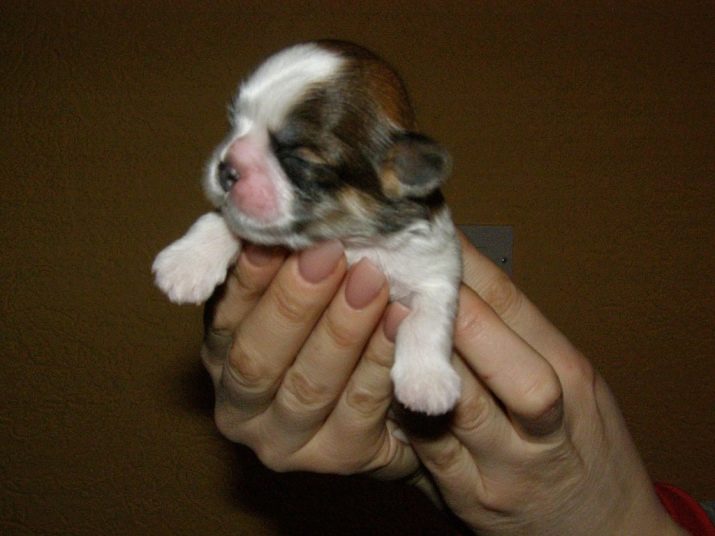
The structure of the dentition
First of all, you need to understand that dogs have 4 types of teeth. These are incisors, fangs, premolars and molars. Cutters are called the smallest teeth, which are located in the center of the jaw - opening the jaws of a dog, you see them first.
A healthy dog has 12 incisors, 6 on the top and the same number on the bottom.
They are followed by fangs. There are 4 of them - 2 at the top and bottom, to the right and left of the incisors. These are the largest, sharpest and longest teeth in the dog’s mouth. Following them are premolars, 4 of them on each side. And they are followed by molars, on top of them 4 - 2 on each side, below - 6, 3 on each side.
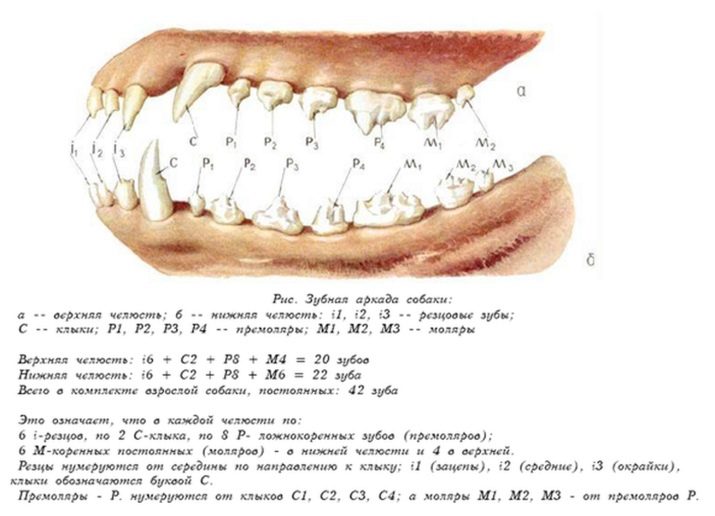
Puppies
Do not assume that all puppy teeth appear at the same time at birth. They erupt gradually, over time, and it is this fact that will help establish the age of the animal. If your baby is not yet visible teeth, in general, he is from 2 to 4 weeks of age. At 4 weeks, the first fangs are shown.
Incisors appear in a month and a half, by two months a puppy can count 28 milk teeth.
Change to permanent molar teeth begin with five months of life. The first to change to permanent fangs and molars. At 7 months, the puppy's teeth are all radical.Thus, if you find 42 teeth in a dog’s mouth, then you can safely say that it is definitely more than seven months old.
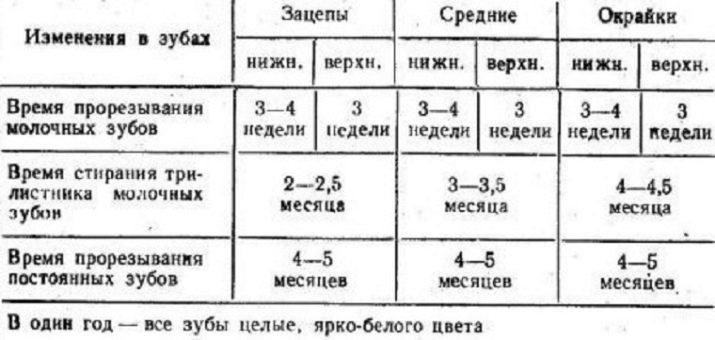
Adult dogs
If you have adopted an adult dog in your family, then you should evaluate its teeth by the degree of wear. If the dog is a year old or slightly older, her teeth are usually white, clean, with no signs of plaque. But by the end of the second year of life, they lose their natural brightness, and in some places solid mineral deposits begin - the so-called tartar.
After three years, the dog’s teeth become yellow, those deeper and farther first turn yellowBy the age of five, the dog already has almost all teeth yellowish.
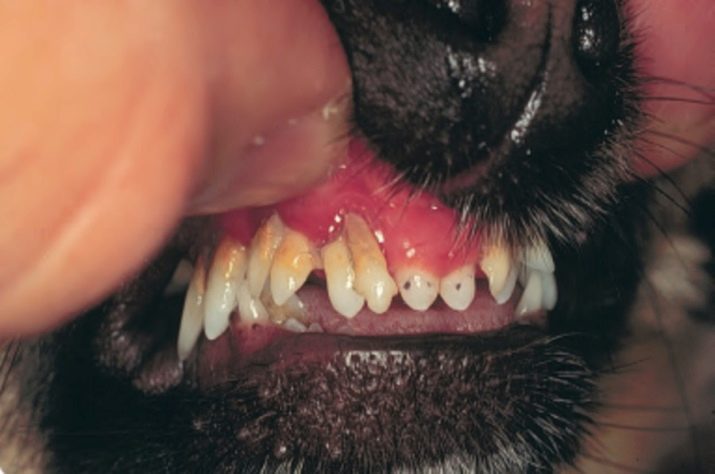
However, the method of determining the age of an adult dog is not as effective as that of a puppy.
This is because a lot depends not only on the natural processes of aging and wear of tooth enamel, but also on what kind of lifestyle the dog led, what she ate, what diseases she had. The teeth of a dog that has the habit of chewing on everything that is solid that comes across in the way may be more worn out.
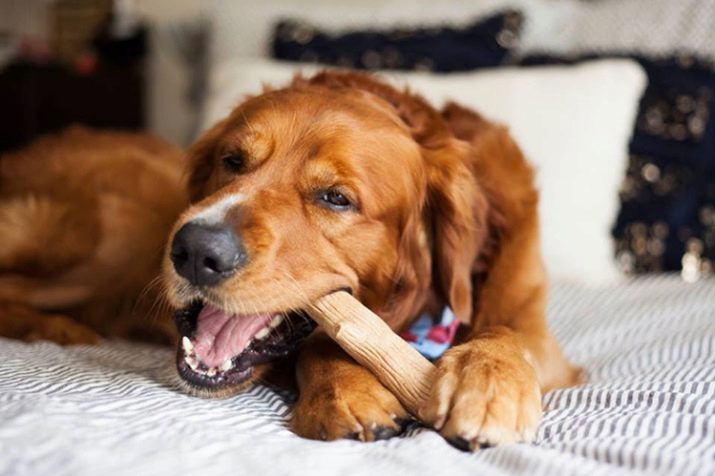
If the dog ate dry food, then its jaw looks more aesthetically and “young” than the jaw of a dog that is accustomed to natural food.
If you see a dog’s erased teeth, blunt fangs, then you can safely say that it is definitely more than 6-7 years old. And if some of the teeth are missing, and the rest are worn out, there are problems with the gums, most likely the dog is more than 10 years old.
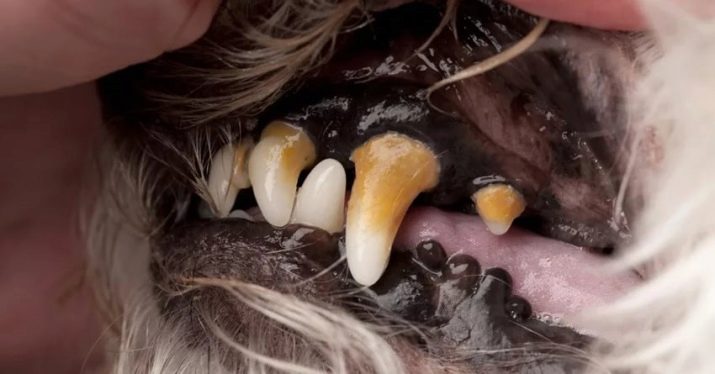
Useful advice: the veterinarian can more accurately determine the age of the animal, since it can comprehensively evaluate not only the condition of the teeth, but also the condition of the gums, tongue, mucous membranes.
Correspondence table of the dog's age with the age of the person, taking into account the quality of teeth
Dog age actual | Small dogs, human fit | Middle breeds, age-appropriate | Large dogs, age appropriate | Tooth quality |
Up to 1 year | 0-15 | 0-15 | 0-15 | White, radical, sharp, without plaque. |
1 year | 15-16 | 15-16 | 15-16 | No plaque, white teeth. |
2 years | 24-25 | 24-25 | 24-25 | The whiteness fades, the appearance of a light mineral coating is possible. |
3 years | 28-30 | 28-30 | 28-30 | Yellowness appears in the field of molars and premolars. |
4 years | 31-32 | 31-32 | 31-32 | The molars and premolars turn yellow, yellowness begins in the area of the fangs, stone deposits are possible. |
5 years | 35-36 | 35-36 | 35-36 | All teeth already have signs of yellowness. |
6 years | 40 | 42 | 44-45 | The gradual erasure of the front teeth and molars begins. |
7 years | 44 | 48 | 50 | Fangs are gradually erased, become dull, on the back teeth there are signs of stone deposition. |
8 years | 47-48 | 51-52 | 55-56 | Often all teeth are yellow, sharpened, signs of delamination of enamel, cracks can be observed on molars. |
9 years | 52 | 56 | 61-62 | The first tooth loss appears, several premolars or molars may be absent. Fangs bend. |
10 years | 55-56 | 60 | 66-67 | Loss of teeth and distortion of the remaining shape continues, the teeth are yellow, there is plaque. There may be signs of periodontal disease. |
11 years | 60 | 64-65 | 70-72 | A tangible process of tooth loss begins. The fangs fall out the last, the rickety of teeth increases. |
12 years | 65 | 69 | 76-77 | Incisors bent, fangs dull, unstable. |
13 years old | 69 | 75 | 82 | Changes are degenerative and individual. |
14 years | 73 | 79 | 89 | More than half of the teeth may be missing. |
15 years | 76 | 84 | 95 | Loss of teeth can be two-thirds, in general, everything is quite individual and depends on the general health of the dog. |
16-18 years old | 86-90 | 95-97 | 100 and more | Individual degree of loss. |

Recommendations
If you can find out the exact age of the dog from the breeder, the previous owner, be sure to use it. If you took a dog whose past is a big secret, then be extremely careful when trying to determine the age by the teeth - dogs do not like it when they are forced to open their mouths and climb there with a flashlight.
An adult dog, even quite friendly, can bite, and this bite will be pure self-defense.

In order not to frighten the pet, accustom it to the inspection of the mouth gradually. First let him hold his head in your hands, then carefully unscrew his lower lip and examine the lower incisors.When the dog realizes that nothing is threatening her, you can try to unscrew the upper lip with one hand and examine the upper incisors, it is worth resorting to examining molars and premolars only after the dog gets used to you and begins to trust you, otherwise the consequences can be deplorable.
How to determine the puppy's age by teeth, see below.




































